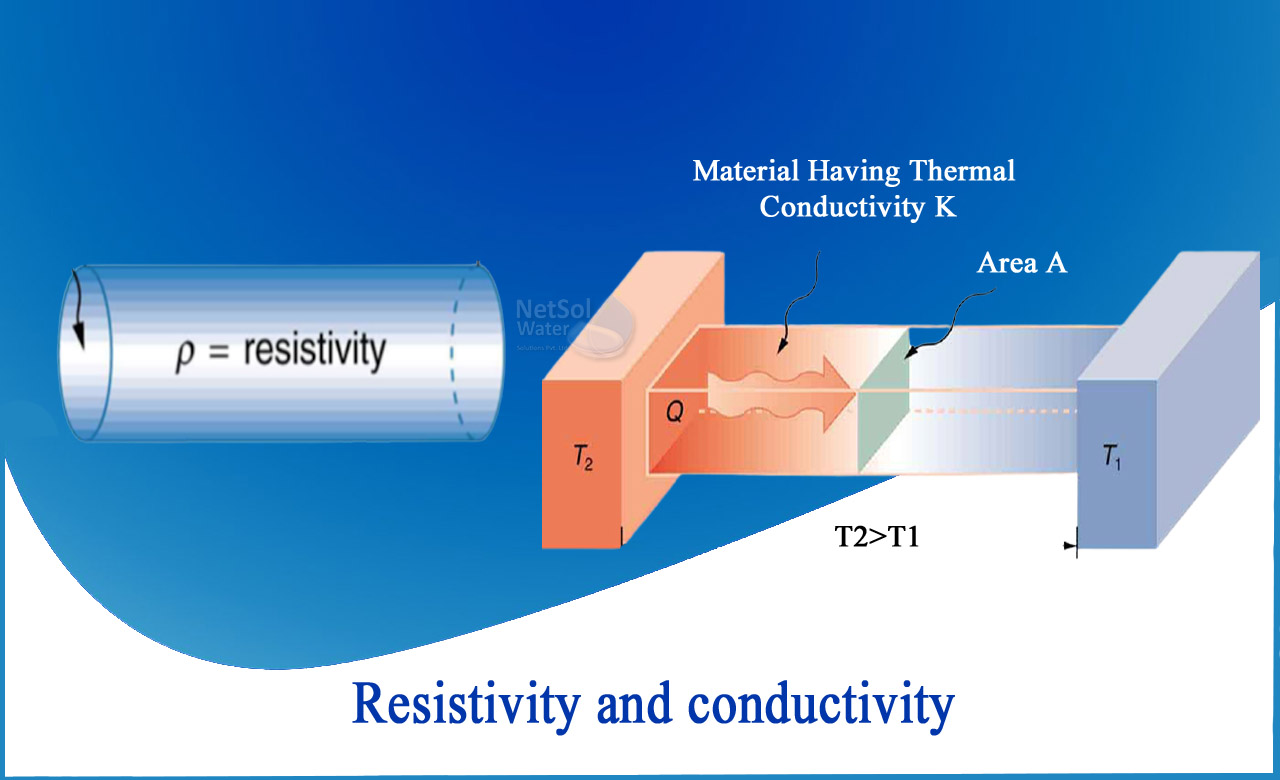There are various measures that can be done of water, whether you wish to determine the electrical conductivity of a solution or learn how acidic or alkaline it is. Understanding the resistivity of water, which reflects the water's ability to efficiently resist an electrical current, is one of these metrics. The concentration of dissolved salts in the water determines the resistivity of the water directly. The water will have a low resistivity if it contains a large amount of dissolved salts. Likewise, the inverse is true.
Keep in mind that water with a higher resistance is cleaner and purer. The unit of measurement for resistivity is ohms. According to the ohms law, the current that flows through a conductor between two points is proportional to the voltage that exists between the two sites. Conductors are materials with a low resistance and are capable of carrying electrical currents. Insulators are materials that have a high resistance. Free ions form when salts dissolve in water. Electrical currents can be carried by free ions. This article examines resistivity and how it relates to water quality.
1- Water's resistivity relates to its ability to withstand an electrical current, which is governed by the number of dissolved salts in the water.
2- When comparing conductivity to resistivity, conductivity refers to the ability of electricity to move freely through water.
3- A resistivity meter can be useful for water testing since it can assist to determine if the water contains any dissolved salts or other pollutants.
RESISTIVITY AND CONDUCTIVITY: WHAT'S THE CONNECTION?
The total conductivity of water, which relates to the ability for an electrical current to travel through water, can be measured when measuring water. An increase in salinity results in an increase in conductivity because dissolved salts can conduct an electrical current. Temperature is another factor that might affect water conductivity. Greater conductivity measurements are frequently associated with higher temperatures.
There is a close link between conductivity and resistivity. While conductivity is a measurement of how well electrical current can flow through water, resistivity is a measurement of how well water can resist electricity flow. Both of these metrics are commonly incorporated in water-purification systems used in laboratories because of their correlation.
Resistivity is the reciprocal of conductivity, and both can be used to monitor the ionic cleanliness of water on a low-cost basis.
The amount of ionic material (salts) dissolved in the water determines whether it can resist or conduct an electric current.Total dissolved solids, or TDS, is the term for dissolved ionic material. Low resistivity and high conductivity are characteristics of water with a high TDS. Water with a low TDS has the opposite effect.
Sodium, calcium, potassium, magnesium, and chloride are some of the dissolved solids that can be detected in water, unless you're testing ultra clean water. When too many of these substances dissolve in the water, the water's quality deteriorates, making it dangerous to drink. The ability of resistivity meters to deliver reliable readings of ultra clean water for applications where this type of water is required has made them increasingly significant. Many industrial and laboratory processes, for example, necessitate ultra clean water. It becomes worthless if even a small amount of dissolved solids enters the water.
Resistivity is a critical measurement that can provide you exact information about the quality of a water sample. Resistivity measures can be used for a variety of purposes, including evaluating drinking water and ensuring that river water hasn't been overly polluted. In fact, certain industrial operations require these measurements. While the physics of resistivity might be difficult to grasp, resistivity meters are simple to use and can provide you with the information you need.




